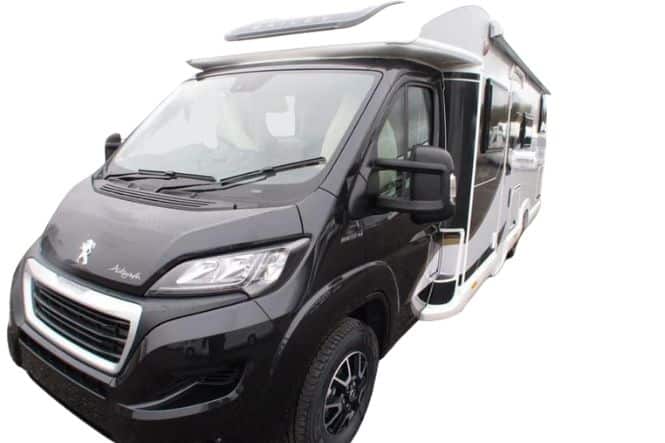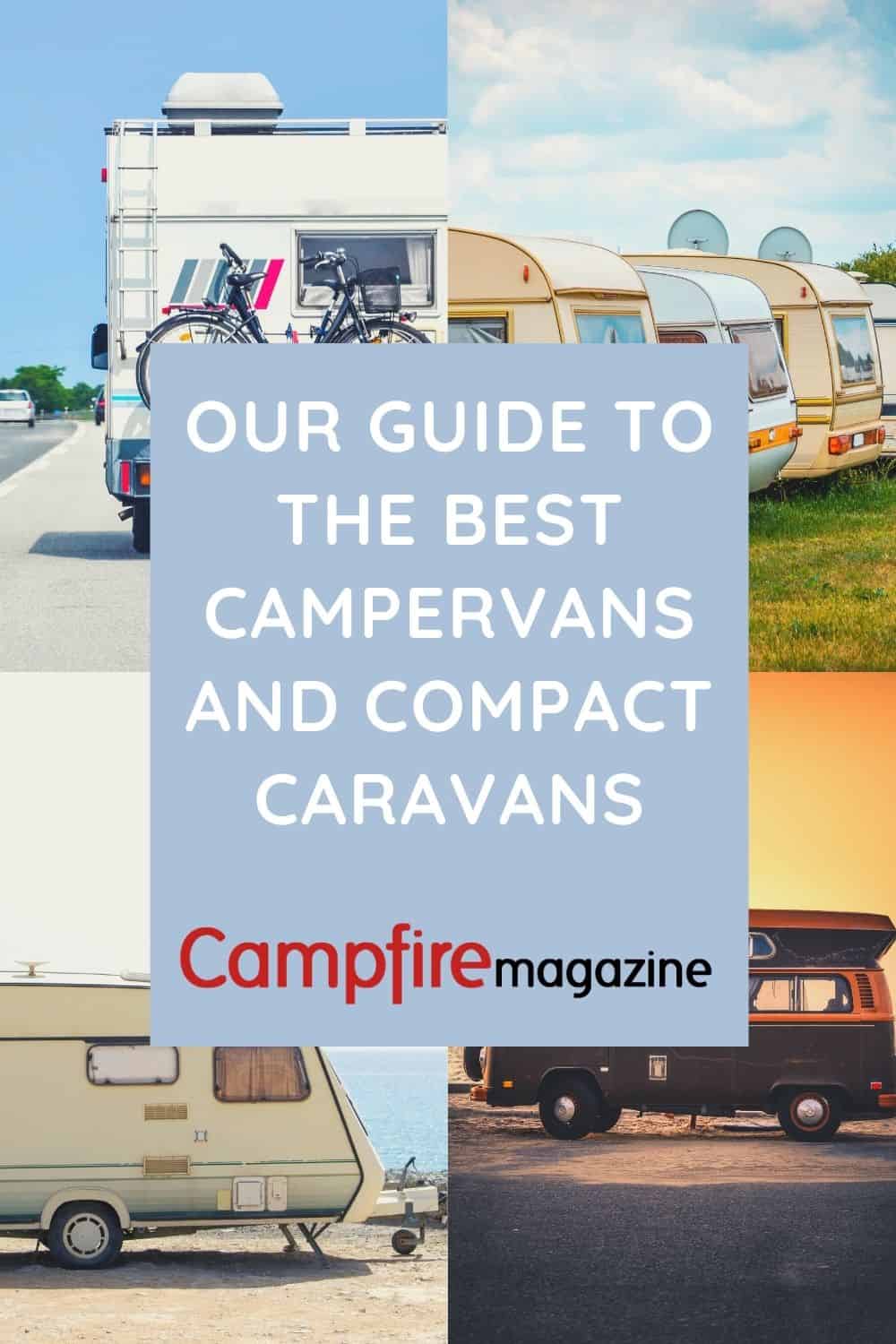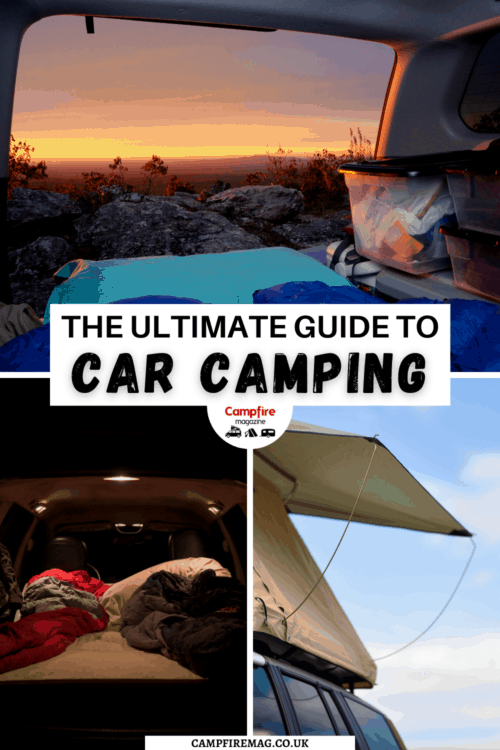It is important to be aware of the differing speed limits when driving a motorhome on UK roads. Larger vehicles often have to follow speed limits that are lower than that of smaller vehicles such as a motorbike or a car.
Sticking to the speed limit is essential when out on the road as they prevent accidents from happening and nobody wants to receive a fine in the post!
Let’s take a look at everything you need to know about motorhomes and their speed limits as well as the driving standards that should be expected when on the road.

Motorhome Speed Limits in the UK
Speed limits in the UK for motorhomes depend on the size of the vehicle. Read on to find out what the speed limits are on different roads for motorhomes.
Built up areas
Busy, residential areas usually have a speed limit of 30 miles per hour (MPH). Some areas, such as roads with schools nearby can even be as low as 20mph. All vehicles should drive at this given speed limit including motorhomes.
Motorways
The speed limit on a motorway is 70mph unless you have a trailer that is longer than 12 metres in length, In this case, motorhomes should stick to 60mph.
Single Carriageway
If your motorhome weighs less than 35 tonnes, then you can drive at 60mph. However, if the weight of your motorhome is more, then you will be required to drive at 50mph
Dual Carriageway
Again, if the weight of your motorhome is less than 3.5 tonnes then the speed limit is 70mph. However, if your motorhome weighs more, drivers must stick to a speed limit of 60mph.

Can I Drive On All Roads In A Motorhome?
Motorhomes can be driven on most UK roads. However some roads have height restrictions so it is important to look out for these before entering. Nobody wants to be driving around with a topless motorhome!
Some bridges or narrow roads may restrict the width or height of your motorhome. However, there will (or should be) signs to make you aware of these restrictions before you approach.
Can You Overtake On A Motorway When Driving A Motorhome?
Motorhomes that carry a weight of less than 3.5 tonnes are permitted to drive on the outside lane of a motorway. Similarly, motorhomes that have a weight exceeding 3.5 tonnes may only overtake if it is fitted with a speed limiter.
Motorhomes with a trailer attached are prohibited from using the outside lane indefinitely.
What Is A Speed Limiter?
A speed limiter is a device that can be fitted into your vehicle to limit the speed you are driving at. This is useful in a large vehicle such as a motorhome as it prevents drivers from exceeding the speed limit making it a safer way to travel.
It also means you are less likely to speed and you won’t be at risk of any penalty points. As discussed above, motorhomes fitted with speed limiters have access to the outside lane of a motorway

What does ‘unladen weight’ mean?
The unladen weight of a vehicle is the weight when it does not have any goods, passengers or any other items on board.
According to the official UK government website, the definition of “unladen weight” is as follows:
“ The unladen weight of any vehicle is the weight of the vehicle when it’s not carrying any passengers, goods or other items.
It includes the body and all parts normally used with the vehicle or trailer when it’s used on a road.
It doesn’t include the weight of:
- Fuel
- Batteries in an electric vehicle - unless it’s a mobility scooter or powered wheelchair ”
The restrictions for motorhomes are different depending on the unladen weight which is based on a weight above or below 3050kg.
The speed limits for motorhomes that have an unladen weight of less than 3050kg and no more than 8 passenger seats are as follows :
- Motorways: 70mph
- Single carriageways: 60 mph
- Dual carriageways: 70mph
The speed limit for motorhomes with an unladen weight of more than 3050kg or can seat more than 8 passengers are as follows:
- Motorways: 70mph (if fitted with a speed limiter)
- Single carriageways: 50mph
- Dual carriageways: 60mph
Can I move around the motorhome whilst it is being driven?
Moving around your motorhome while the vehicle is in motion is against the law. Each passenger should be seated with their seatbelts on before the motorhome disembarks.
When the motorhome is being driven, each passenger should remain seated until the vehicle comes to a halt and the engine is turned off. This means that no passenger should use the toilet, cook or move from their seat during any journey. We don’t want to sound too gloomy, but breaking this law could end in a hefty fine. So stay seated and belted at all times!
Seatbelts in Motorhomes
It is important to note that motorhomes are designed to seat a certain number of passengers. Therefore, if a motorhome seats two passengers, you cannot drive the vehicle with more than two passengers as there would not be enough seatbelts.
Side facing seats such as dining areas cannot be used for travelling on as they will not have a seatbelt.
Many newer motorhomes (manufactured after 2006) are often compatible with ISOfix used for babies and young children. If you choose to fit a rear-facing baby seat in the front passenger seat then be sure to disable the airbag.
Other Motoring Laws To Be Aware Of
You may feel safer driving in a motorhome as they are larger than other vehicles on the road and higher up. However, the same rules apply to every driver out there. Here are a couple of rules that you may not be aware of:
Turn It Off
It is illegal to exit your car while the engine is still running. Even if you have seven other passengers to take care of the vehicle should anything happen, turning off your engine is the right thing to do.
It’s snow good on the roof
While the sight of snow may look pretty, you must clean as much as you can from your vehicle before beginning your journey. This includes all of the windscreen and as much as you possibly can from the roof. If you need to bake suddenly, then you may end up with a windscreen covered in snow.
Ditch The Mobile Phones
Nowadays, we can use our mobile phones for just about anything. There are apps to see real time traffic and maps that may be more up to date than your Motorhome Sat Navs & GPS. However, using a mobile when driving is strictly against UK laws and taking your eyes off the road for just 2 seconds can end horribly. So put them away and have a good old game of ‘I Spy’ instead!
Fog Lights
Fog lights must only be used in extreme conditions as they can confuse oncoming drivers which can be dangerous. They must only be used if your visibility is below 100 metres.
Before You Go
If you are driving a motorhome for the first time then we hope this article has helped put your mind at rest when discussing the legal speed limits. The speed limit mostly depends on the unladen weight of your motorhome so once you know this piece of information then the world is your oyster! Installing a speed limiter is also a useful device to avoid any nasty penalties coming through your letterbox.



